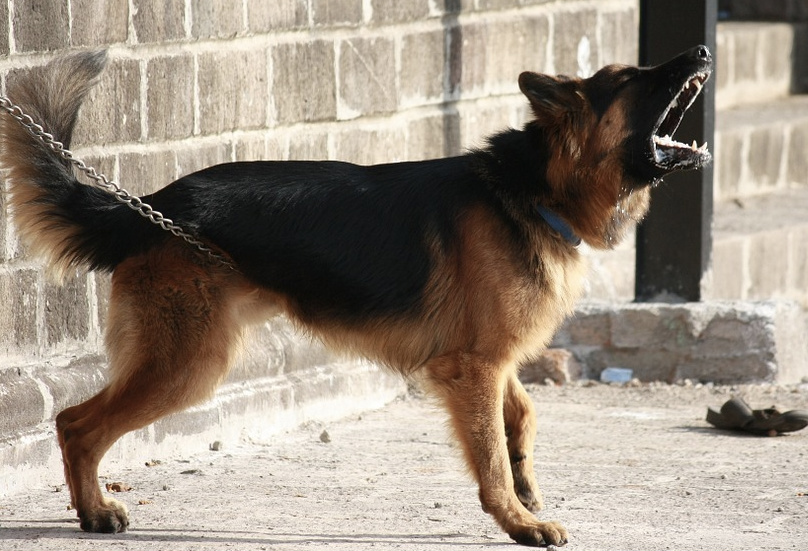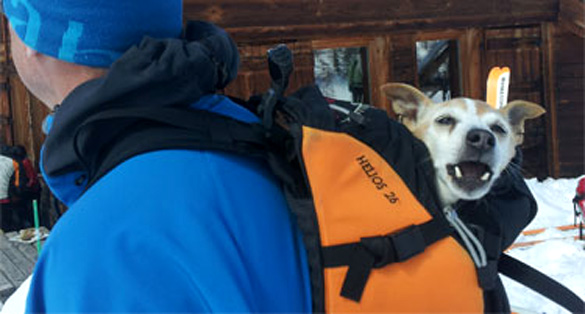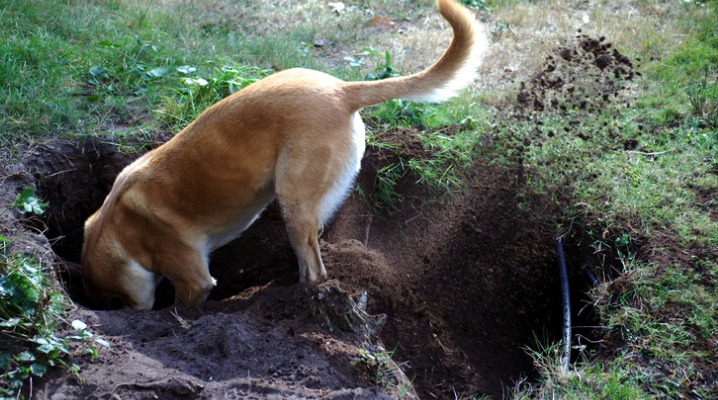Summer months are wonderful but can be dangerous for us and our pets. During hot weather dogs are prone to heat stroke, just like we are. While our bodies have an efficient system to regulate body heat (by sweating), dogs have a hard time cooling off when they become too hot. You’d think a dog’s fur or hair would be some protection from the heat, but just the opposite is true–a dog’s fur is meant to keep him warm when it’s cold and offers no protection from the heat.
Connect with a verified veterinarian in minutes. Licensed vets are available 24/7 to answer your questions. No need to worry about your furry family member.
A dog’s body is designed to reduce heat through sweat glands in their pads and by panting. However, these methods don’t offer sufficient cooling in the more extreme heat of summer. As a result, dogs are more prone to heat stroke, which is also known as hyperthermia or heat exhaustion. If your dog develops hyperthermia, his temperature will go above 103° F (39° C). Left untreated, hyperthermia can lead to organ failure and even death. It is recommended to have a thermometer for dog handy in case you need to check.
Ever summer, many dogs are left unattended with inadequate shelter, shade or water. These dogs have no way to cool themselves down and are left to fend for themselves. Sometimes the end result is a slow death that could have been prevented with the right care and attention.
We don’t want to bring you down, but heat stroke is a very serious condition in any pet. It’s something that you can prevent (see tips later in this article), while keeping your fur baby safe, healthy and happy even during the hottest summer days.
What Are the Signs & Symptoms of Heatstroke?
Heat stroke is a serious condition in dogs—in fact, dogs can quickly overheat in a matter of minutes. One minute you pup will seem OK, and in the next minute he may be showing signs of heat stroke. Make sure to check if the heat could be the only cause of the issue, check for swallowing in case your dog ate a bee.
Here are some of the most common signs and symptoms of heatstroke in dogs:
- Dehydration
- Panting
- Drooling (more than normal)
- Red gums and other body tissues
- Your dog may not be able to urinate or may have difficulty urinating (due to dehydration)
- Rapid heart rate
- Shock
- Vomiting blood
- Muscle tremors
- Unconsciousness
What are the risk factors for hyperthermia?
This condition typically strikes dogs during hot, humid weather. It can also develop if a dog is left out in the sun or in a closed car on a hot day. Additional risk factors can include obesity, age (either very young or elderly dogs have a higher chance of developing hyperthermia), heart or lung disease and more.
What to Do If Your Dog Develops Heat Stroke
If your dog develops heatstroke, it’s important to act fast. The best thing to do is to cool your pup down as quickly as possible.
You can do this in several ways:
- Spraying your dog with cool (not cold) water (even a cool shower can help)
- Putting your dog in a bathtub filled with cool water (or letting him go for a swim will also work)
- Wrap him with damp, cool towels and or sheets
When your dog’s body temperature reaches normal (about 103° F [39° C]), stop these cooling measures. You don’t want his core body temperature to become too cold. Once your pup is cooled down, you’ll need to take him to the vet to be evaluated.
Heat Stroke Diagnosis
Your vet will give your dog a complete physical examination and ask questions about your pup’s current condition. Depending on your dog’s symptoms, the vet may decide it’s necessary to run a few tests to make sure your pup’s fully recovered. It’s important to understand that the effect of heatstroke can show up two or three days later. So be sure to get your dog to the vet as soon as possible after he’s experienced heatstroke.
If your dog’s still not well, the vet may order IV fluids, supplemental oxygen, and may even keep your pup hospitalized until his temperature is stable and it’s clear there are no damaged kidneys, etc.
Aftercare
Once your pup’s temperature is stabilized and he’s recovered he’ll be able to come home again.
Depending on the severity of the heatstroke, your vet may ask that you schedule a follow-up appointment to make sure your dog has fully recovered from his experience.
Preventing Heatstroke: The Best Method to Avoid Heat Stroke
Prevention is the best way to keep your fur baby from developing heat stroke. Here are some ways to help your pup on hot, humid summer days:
1. Avoid leaving your pet unattended: enclosed spaces (cars, kennels, cages, crates) can quickly become overheated on hot, humid summer days. Without proper ventilation or cooling, your dog can develop heat stroke within only minutes. Leaving your dog outside unattended for too long is never a good idea, make sure to protect your dog against coyotes depending on your location.
2. Provide adequate shade and water: for dogs that are outside most of the time, be sure to provide as much shade and water as possible. Areas of shade help keep your pet cooler, while water will keep him hydrated. Not only that, but you can set up a baby pool of water or even sprinklers (pools, etc. should be set up in shady areas to provide maximum cooling). This way, your pup will have plenty of water and shade to stay comfortable. On the hottest days, consider bringing your dog inside where it’s air conditioned.
3. Avoid strenuous exercise: when it’s really hot outside, avoid exercising your pet as he can overheat very quickly. Keep exercise to the coolest times of the day—early morning or after the sun has set are the best times. And don’t forget that hot pavement is could burn your fur baby’s paws, so avoid walking him on hot cement and pavement when temperatures are high.
4. Know the signs of heat stroke and how to treat it: you could save your dog’s life by recognizing the signs of heat stroke and how to treat them.
5. A hair cut: if your dog has a long and/or heavy fur coat, then you might consider giving him a summer hair cut to help him stay cooler. Cutting or shaving your canine companion will make him more comfortable and also make it easier to cool him down should he overheat.
These are some tips you can use to prevent heat stroke in your fur baby. If you are worried about the heat, it might be a good time to teach your dog how to swim! Remember, heat stroke can be serious, even leading to death. Prevention is the key to keep your dog safe and healthy through the hot summer months—then you’ll have a friend for life!
Connect with a verified veterinarian in minutes. Licensed vets are available 24/7 to answer your questions. No need to worry about your furry family member.

Kyoko
Kyoko is from a family of 3 and moved to New York with her parents and siblings when she was 13. Kyoko is fond of spending a great amount of time with pets, specifically her beagle Luna and cat Missy. Her boyfriend often complains that she spends too much time giving attention to their animals. Kyoko has written dozens of articles concerning pets and is aiming at owning a pet shop one day!
Review symptoms, medications & behavior to keep your pets healthy with a Vet Online in just minutes.
Ask a Vet Live Now



